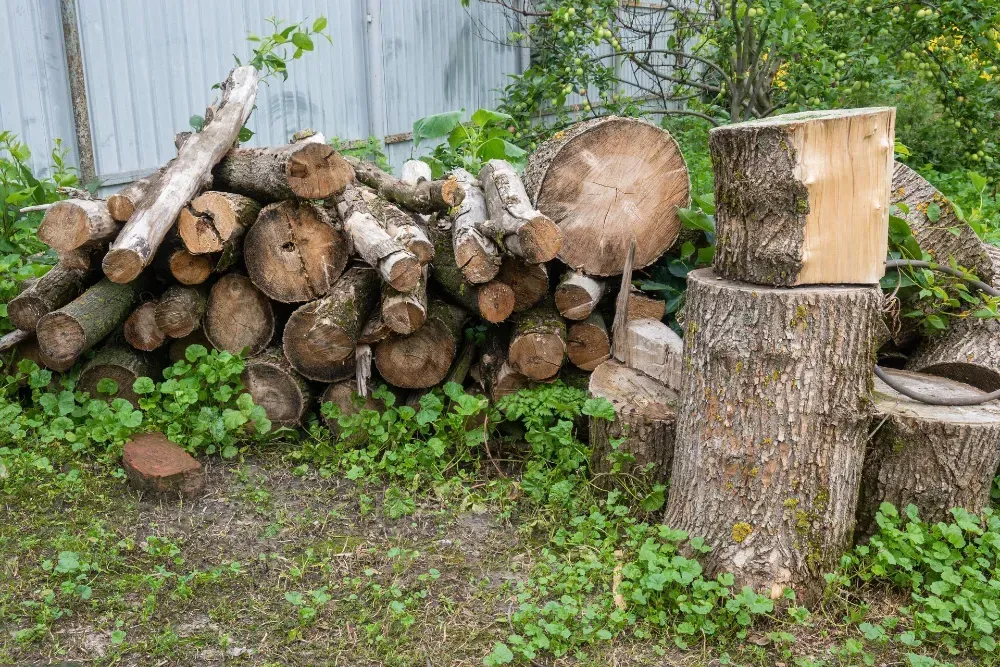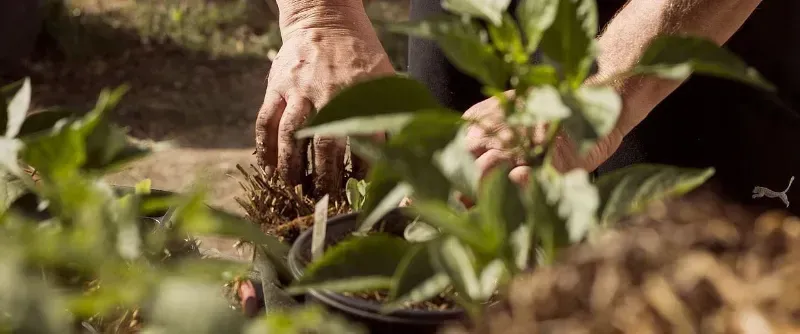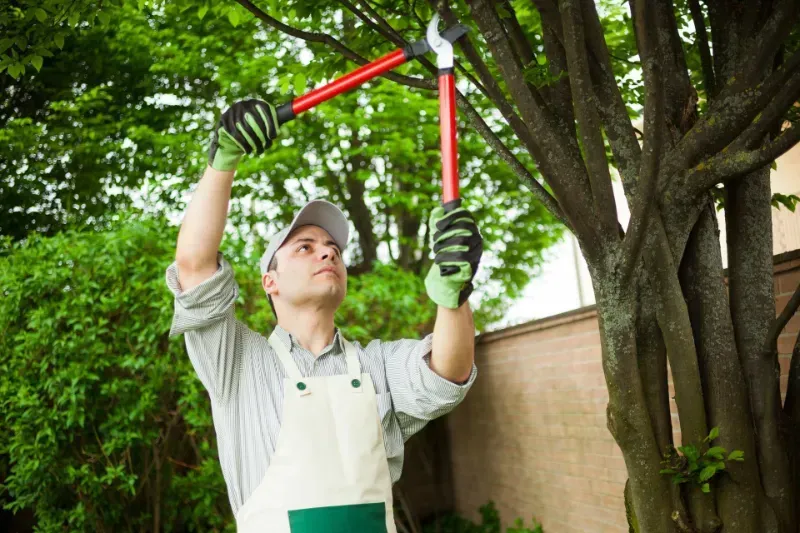Tree Trimming & Tree Pruning: What You Need to Know
A Brief Introduction to Tree Trimming vs. Tree Pruning
At first glance, tree trimming and tree pruning might sound like the same thing. Trimming helps control shape and size, often to improve curb appeal or keep branches away from structures. Pruning targets the tree’s vitality by eliminating damaged, unhealthy, or misaligned branches.
When we understand the role of each, we can better maintain both the safety and appearance of our trees. Properly timed cuts support tree health, stability, and reduce the risk of damage or weakening.
The Key Differences Between Tree Trimming and Tree Pruning
Trimming and pruning are both essential parts of tree care, but they serve different purposes and require different approaches. Understanding the distinction helps us choose the right method based on what the tree actually needs. Whether we are focused on safety, structure, or appearance, each practice plays a role in long-term tree health.
Here’s a side-by-side comparison of key differences:
| Trimming | Pruning |
|---|---|
| Focuses on aesthetics and shape | Focuses on health and structure |
| Removes overgrown or stray branches | Removes dead, diseased, or weak branches |
| Typically done more frequently | Done as needed based on the tree’s condition |
| Keeps trees clear of buildings or paths | Helps prevent disease and structural failure |
| Often seasonal or scheduled maintenance | Often timed to growth cycles and health issues |
Knowing when to trim and when to prune helps us maintain trees that are both safe and visually appealing.
When to Trim a Tree and Why Timing Matters
Tree trimming is about more than just keeping branches in check. Timing plays a big role, especially with fast-growing varieties like maples or ornamental trees. Trimming during the growing season can help maintain shape, but if done too late, it may put stress on the tree or attract insects.
We aim to remove only what’s necessary to support healthy structure and balance. When timed correctly, trimming improves airflow, lets more sunlight reach the lower branches, and reduces potential hazards while preserving the tree’s natural form.
When Tree Pruning Is the Best Option
Pruning is a targeted approach to tree care, usually done during the dormant season in late winter. This timing reduces stress on the tree and makes it easier to spot structural issues. It is the ideal time to remove dead wood, diseased branches, or limbs that are interfering with each other.
By pruning at the right time, we encourage stronger growth and a more stable structure. It also improves light and air movement through the canopy, which helps reduce the risk of disease and pests. When trees start to look unbalanced or decline, pruning often brings them back on track.
Tools Used for Tree Trimming vs. Tree Pruning
Effective tree care relies on using the appropriate equipment for trimming and pruning. Each tool is designed for a specific task, whether you're shaping branches for appearance or removing damaged limbs to support long-term health.
- Bypass Pruners: Ideal for clean cuts on live branches up to ¾ inch thick.
- Anvil Pruners: Best for cutting through dead wood with a crushing action.
- Loppers: Ensure greater cutting efficiency for branches up to 2 inches wide.
- Hedge Shears: Used for shaping hedges or fast-growing, thin shoots.
- Hand Saws: Useful for thicker limbs that are too large for pruners or loppers.
- Pole Pruners: Lets you trim higher branches easily without the use of a ladder.
- Pruning Saws: Designed for tight spaces and curved branches.
- Chainsaws: Reserved for larger limbs or full tree removals.
- Gloves: Safeguard your hands from thorns, abrasive bark, and sharp implements.
- Safety Glasses: Shield eyes from falling debris or snapped branches.
Having the right equipment helps us work efficiently while reducing strain on the tree and improving overall results.
How Trimming and Pruning Affect Tree Health
When done correctly, tree trimming and pruning both support a tree’s long-term health. Poorly timed or overly aggressive cuts, however, can leave trees stressed, vulnerable to disease, or struggling to recover. Pruning out diseased or damaged branches early can often save a tree. Taking off too much at once can slow its growth and weaken its structure.
Our goal is always to remove just enough to strengthen the tree without causing unnecessary stress. Healthy, well-maintained trees are better equipped to handle pests, storms, and changing seasons.
Tree Aesthetics: Shaping vs. Structural Integrity
Tree trimming shapes the canopy, removes overgrowth, and helps maintain a neat, attractive appearance. Pruning goes deeper by building a strong, healthy framework that supports the tree’s long-term stability and growth.
Both trimming and pruning play important roles. One improves what we see, and the other strengthens what we cannot. When combined with the right timing and technique, they create trees that are both visually appealing and structurally sound.
Seasonal Considerations for Tree Trimming and Pruning
Timing plays a critical role in tree care. Trimming works best during the growing season when trees can recover quickly. Pruning, on the other hand, is safer and more effective during dormancy when there is less sap flow and it is easier to spot problem areas.
At Magna Tree Service, we recommend building a seasonal care plan tailored to your trees' needs. Planning ahead helps prevent unnecessary stress and ensures your trimming and pruning efforts support long-term health and growth.
Key Errors to Steer Clear of When Maintaining Trees
Over-trimming is a common issue that can weaken a tree’s natural structure. Removing too much too quickly, or at an improper time, can cause undue stress to the tree. Improper pruning cuts can also create wounds that fail to heal well, leaving the tree exposed to decay or disease.
Our team of tree experts take a careful, informed approach to every job. Understanding which cuts to make, and when to make them, helps preserve the long-term health of your trees and the overall appearance of your property.
Choosing the Right Tree Care Approach for Your Landscape
No two trees are exactly alike. Some benefit from routine shaping to maintain form, while others require more selective pruning to stay structurally sound. The best care plan starts with understanding your tree's species, growth habits, and surrounding conditions.
At
Magna Tree Service, we help Covina homeowners make informed decisions about trimming and pruning. Our team knows how to bring out the best in your trees while protecting their long-term health. Call us at
(626) 806-0996
to schedule an assessment for tree pruning and tree tree trimming to see how we can support your landscape goals.


